Take Care of Your Catch Leave a reply
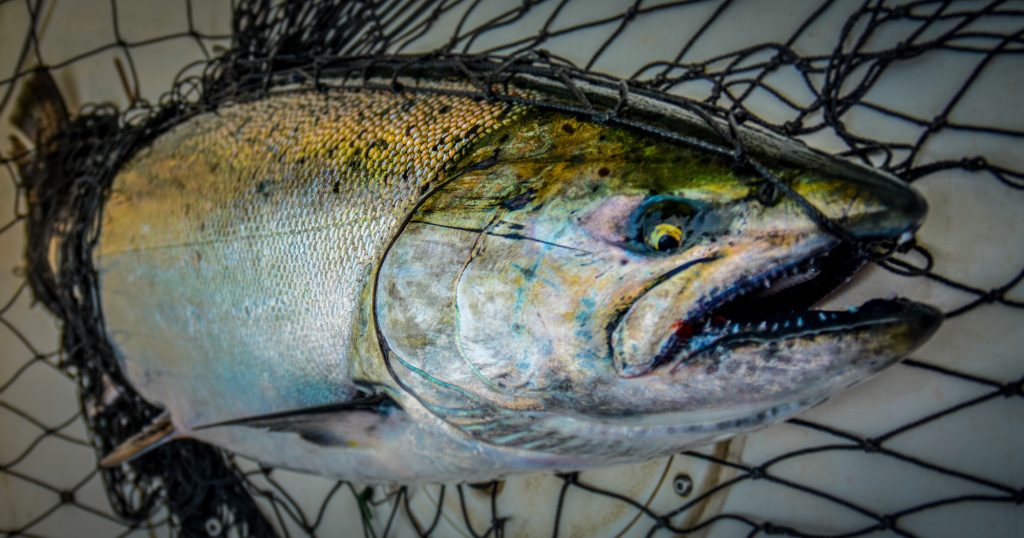
Proper Fish Care
by Jason Brooks
After years of fishing all over the Northwest, from local ponds to remote fly-in camps, I have learned that you must take care of your fish the proper way to be able to enjoy it for months afterwards. Bleeding the fish by cutting the gills is just the first step in a multi-step process to properly care for your catch. Here are some other things to think about to keep your fish fresh and enjoyable for the dinner plate.
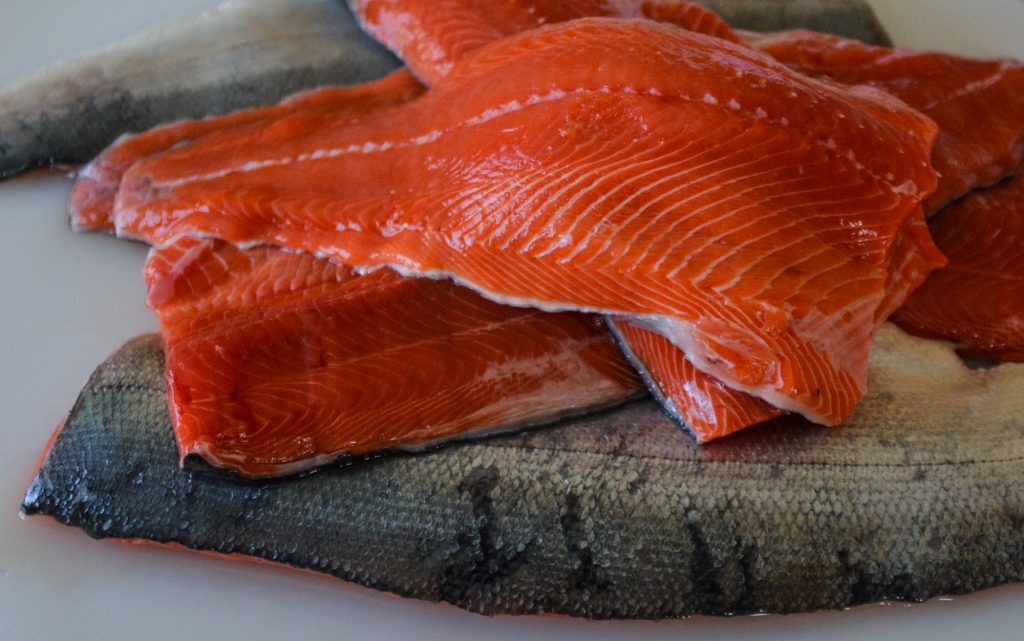
Even before bleeding, a quick bonk on the head is not only humane, but it also keeps the fish from becoming bruised. A fish flopping on the bank or boat deck can cause severe bruising which will start to taint the flesh before the fish is filleted. One swift knock on the head will cause the eyes to relax and the fish will convulse a bit. This means the heart is still beating but the fish is now stationary.
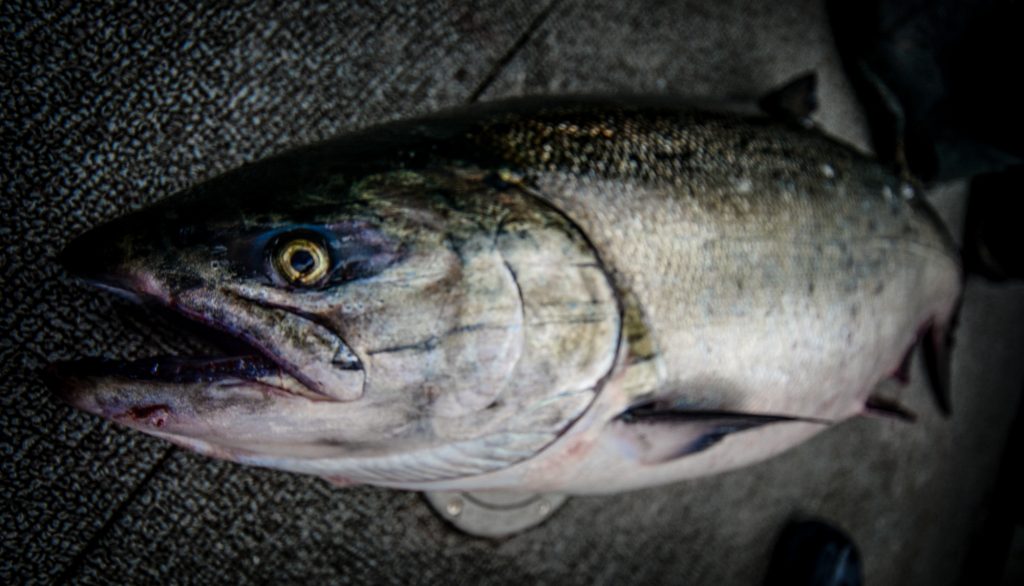
Cut the gills on both sides and a safe way to do this is to use a pair of sheers or scissors. But if you must use a knife then try going in from the mouth instead of under the gill plate, keeping the blade facing away from your hand. This tends to cut the arteries instead of just the gills. You should notice a steady stream of thick red blood running out. Flush the fish in water, since the heart is still beating this will keep the blood from coagulating and free flowing.
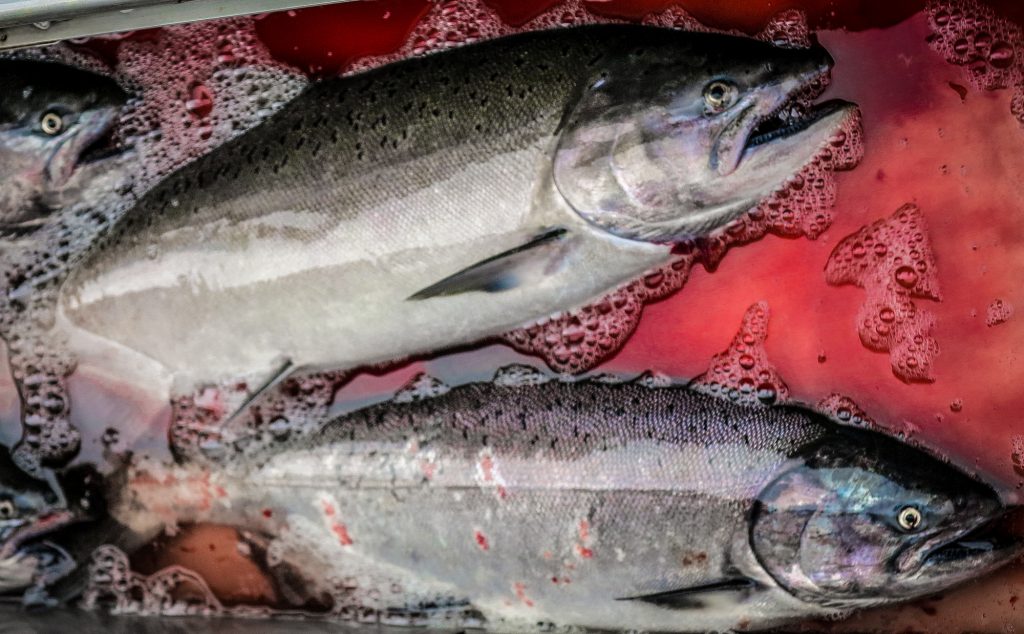
Once the fish is bonked and bled it’s time to get it cold as quickly as possible. Commercial anglers often use a “salt water slush” which is chipped salt ice with ocean water added. The salt keeps the water and ice from re-freezing and drops the solution to below 32 degrees Fahrenheit. If you are fishing in fresh water, simply add some rock salt to your ice and some water to make your slush. Keep in mind this solution can be very cold and cause burns on your hands, especially on a cold day.
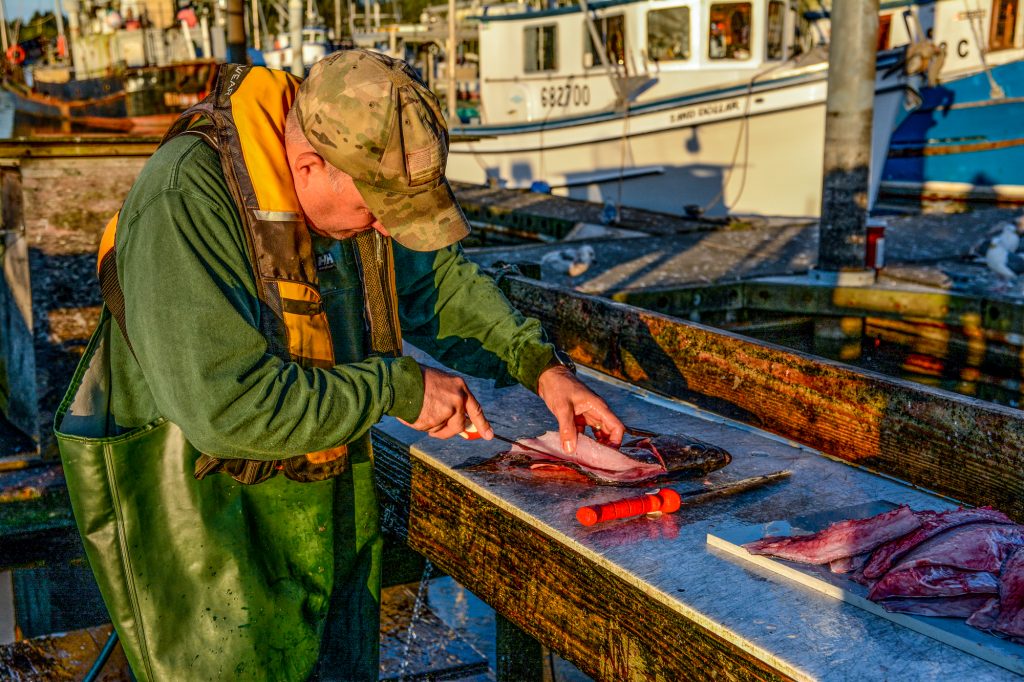
At the end of the day keep the fish whole and in the ice slush until you get home, or if you are fishing the ocean then gut and gill the fish and put it back in the slush. Once home use a clean surface to fillet your fish. Some marina’s and docks have fish cleaning stations just be sure to clean the surfaces before you start to fillet the fish. A riverbank or boat launch is not the ideal place to clean or fillet fish. The area is full of bacteria, dirt, and rotting fish. Once you introduce bacteria to the flesh of the fish it will start to break it down and cause it to go rancid.
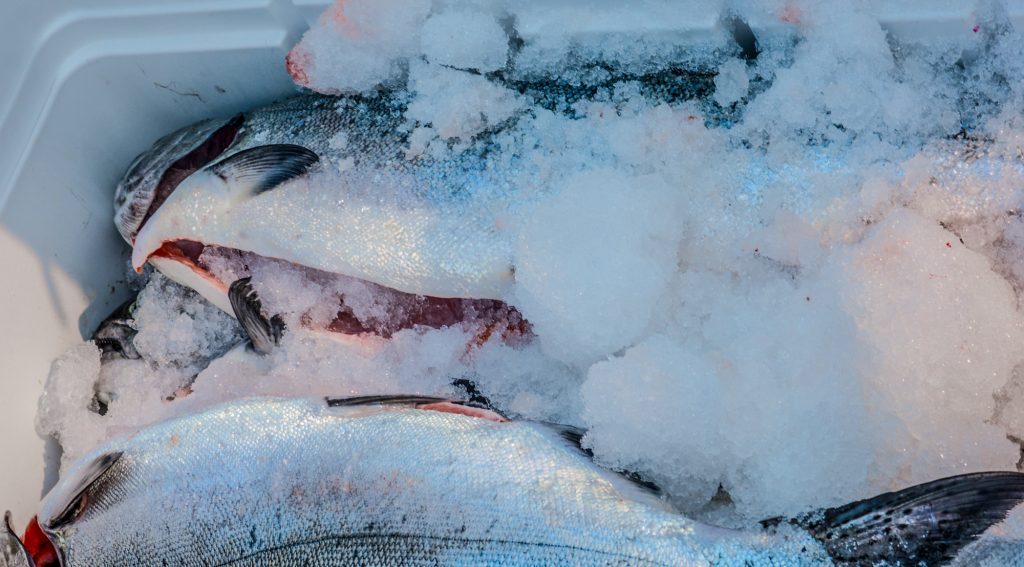
If you are traveling a long distance from a remote camp where you need to package your fish for transport, try and freeze it. But if freezing is not an option then be sure to pack it with chipped ice, and if possible chipped salt ice. Gut the fish and pack ice inside and around the fish, layering them with ice around the fish which is best kept gutted and whole. A thick layer of ice on top is needed as this will keep them cold. Each day the fish are in the ice chest be sure to drain the water out of the bottom. And those “expensive” ice chest are not a sales gimmick, they really do keep your catch cold for a long time.
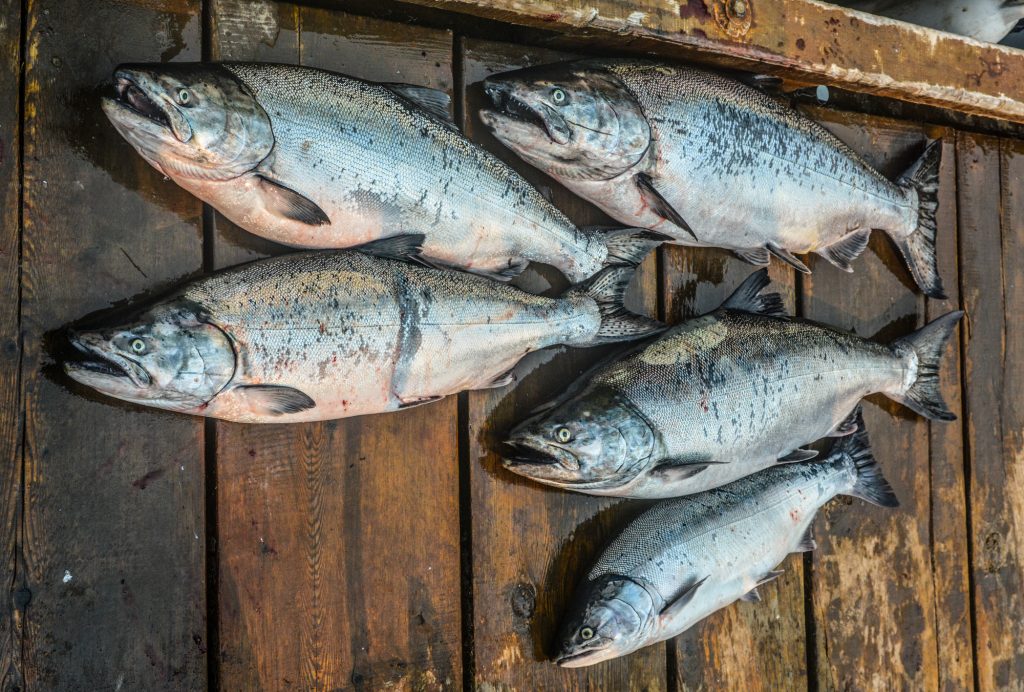
For long term storage vacuum seal your fish in meal size portions. I often first wrap the fillet’s in a thick plastic wrap. This keeps the slime and water from clogging up my vacuum sealer. Once the plastic wrapped fillet is vacuum sealed it creates a secondary air free barrier. If the freezer bag accidently gets a hole in it the plastic wrap continues to do the job of protecting the fish from freezer burn for a short period. Be sure to label the fish and keep an eye on the bags in the freezer. Once you see a bag has lost its vacuum be sure to thaw and use that package right away.
Freezing your fish will cause it to break down a little bit since ice crystals form in the meat and fish flesh is delicate. The longer it sits in the freezer the more the flesh breaks down. If you plan on eating the fish within a few days after catching it then forgo the freezing. Commercial flash freezing is almost impossible to do at home but there are ways you can make a semi-flash freeze using a salt water method and vacuum sealed fish but is not necessary. A properly cared for fillet will be much better to eat even months after you catch the fish. Be sure to take the time to bonk, bleed, ice and then clean your catch. Friends and family at the summertime barbecue will thank you for it.
Jason Brooks-The Outdoor Line Field Editor

